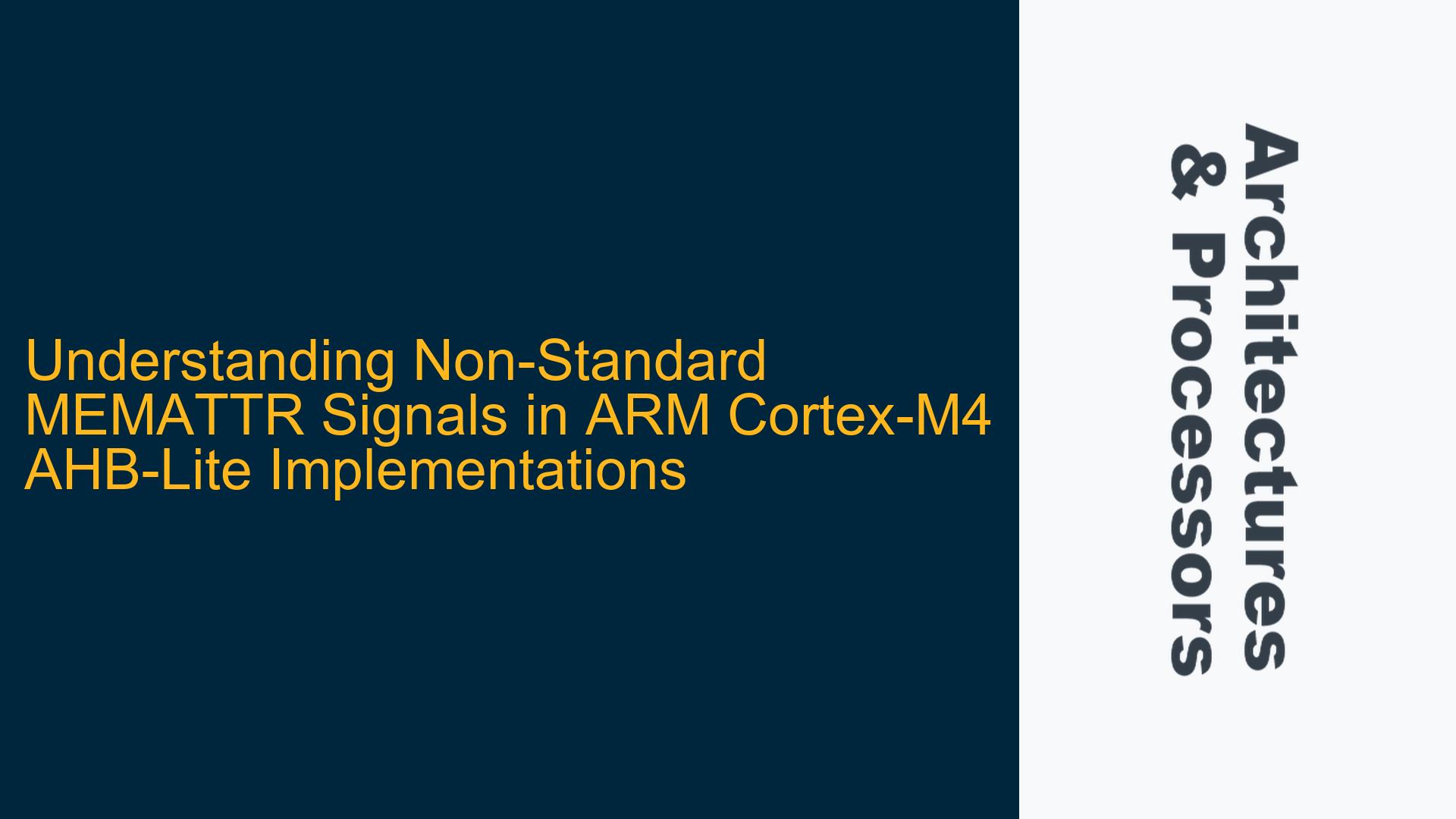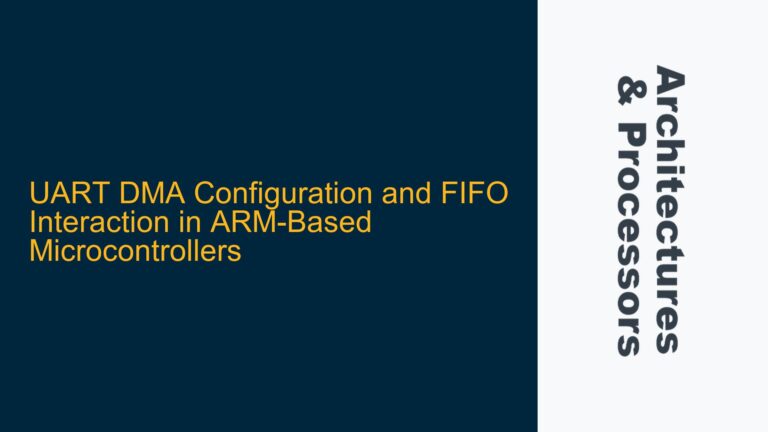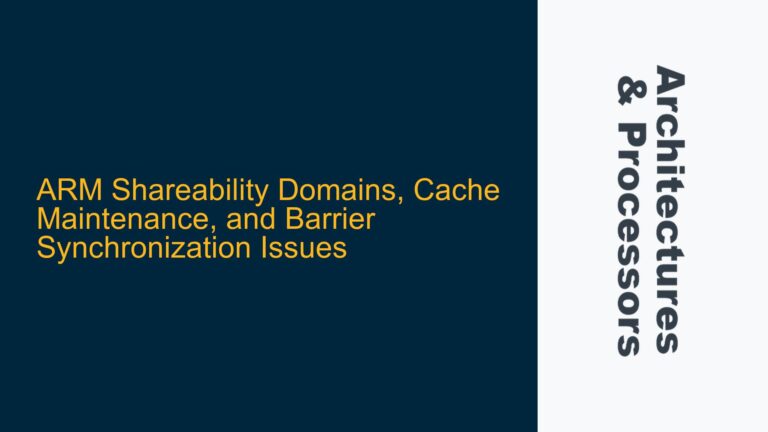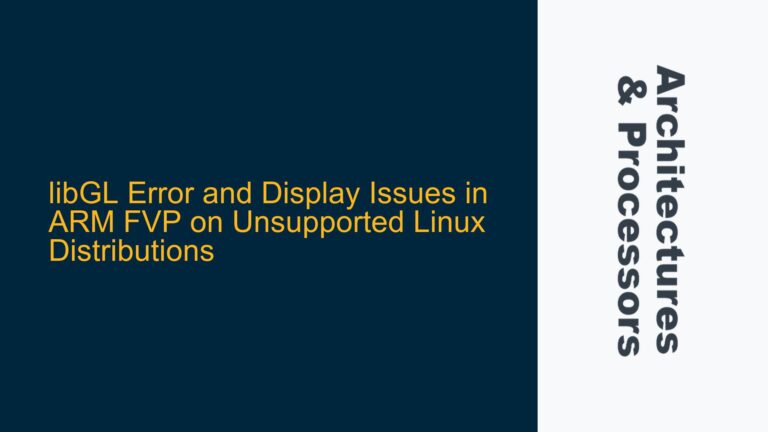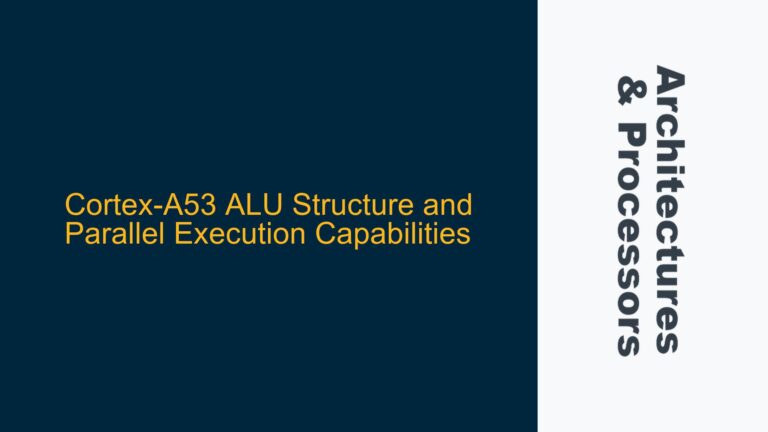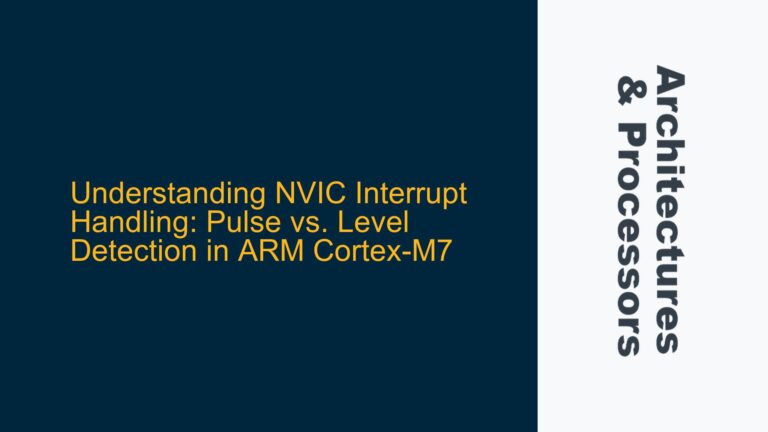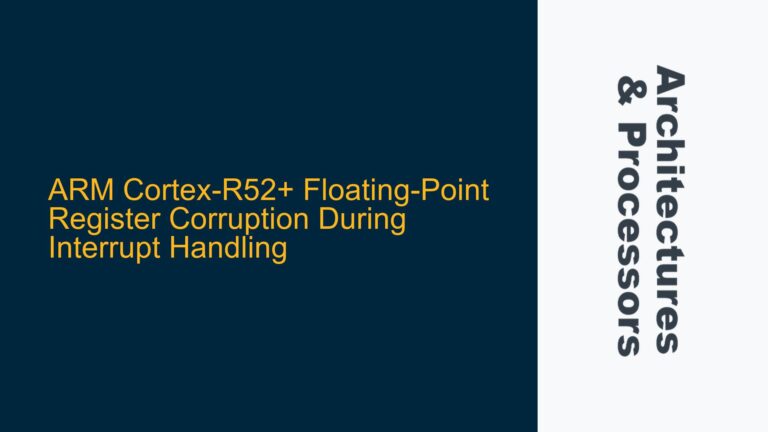MEMATTR Signals in Cortex-M4: AHB-Lite Protocol Discrepancy
The ARM Cortex-M4 processor utilizes the AMBA AHB-Lite 3 bus architecture, which is a simplified version of the Advanced High-performance Bus (AHB) protocol. AHB-Lite is designed to reduce complexity by removing features such as bus arbitration, burst support, and split transactions, making it suitable for single-master systems like the Cortex-M4. However, a notable discrepancy arises when examining the Cortex-M4 reference manual: the presence of MEMATTR signals, which are not described in the AMBA AHB-Lite 3 specification. These signals encode information about the memory type being accessed—whether it is normal, device, or strictly ordered memory. This raises questions about their origin, purpose, and compatibility with the AHB-Lite standard.
The MEMATTR signals are critical for the Cortex-M4’s memory system, as they dictate how memory accesses are handled. For example, normal memory accesses may benefit from caching and reordering, while device memory accesses must be strictly ordered to ensure proper hardware operation. The absence of these signals in the AHB-Lite specification suggests that they are non-standard or "out-of-band" signals, which are not officially supported by the protocol. This creates a potential compatibility issue when integrating the Cortex-M4 with other AHB-Lite-compliant components, as the MEMATTR signals may not be recognized or handled correctly by third-party IP blocks.
The Cortex-M4’s use of MEMATTR signals highlights a broader challenge in embedded systems design: balancing the need for additional functionality with adherence to industry standards. While the AHB-Lite protocol aims to provide a standardized interface for connecting peripherals and memory, the Cortex-M4’s memory system requires additional signals to support its advanced features. This tension between standardization and customization is a recurring theme in embedded systems, particularly when dealing with high-performance processors like the Cortex-M4.
Origins of Non-Standard Signals in AHB-Lite Implementations
The inclusion of MEMATTR signals in the Cortex-M4’s AHB-Lite implementation can be traced back to the evolution of the AMBA protocol and the specific requirements of the Cortex-M4 processor. The AHB-Lite protocol was designed as a simplified version of the original AHB protocol, with the goal of reducing complexity and improving ease of use for single-master systems. However, this simplification came at the cost of removing certain features, such as the ability to encode additional information about memory accesses.
The Cortex-M4, on the other hand, is a high-performance microcontroller designed for real-time applications, requiring precise control over memory accesses. To meet these requirements, ARM introduced the MEMATTR signals as a way to encode memory type information directly into the bus interface. These signals are not part of the AHB-Lite specification because they represent a customization of the protocol to meet the specific needs of the Cortex-M4. This customization allows the processor to optimize memory accesses for different types of memory, improving performance and ensuring correct operation in real-time systems.
The use of non-standard signals like MEMATTR is not unique to the Cortex-M4. In fact, many embedded systems incorporate custom signals to support specific features or optimizations. However, this practice can lead to compatibility issues when integrating different components, as non-standard signals may not be recognized or supported by other IP blocks. To address this, the latest version of the AMBA protocol, AHB5, introduces optional user-defined signals (HAUSER, HWUSER, and HRUSER) that can be used to pass additional information between components. While these signals are still recommended to be used sparingly, they provide a standardized way to incorporate custom functionality without breaking compatibility with the protocol.
Addressing MEMATTR Signal Compatibility and Integration Challenges
To ensure compatibility and correct operation when integrating the Cortex-M4 with other AHB-Lite components, it is essential to understand how the MEMATTR signals are used and how they can be accommodated in a standardized design. One approach is to treat the MEMATTR signals as "sideband" signals, which are not part of the AHB-Lite protocol but are necessary for the Cortex-M4’s operation. These signals can be routed separately from the main AHB-Lite bus, ensuring that they do not interfere with standard AHB-Lite transactions.
Another approach is to leverage the user-defined signals introduced in the AHB5 protocol (HAUSER, HWUSER, and HRUSER) to pass MEMATTR information between components. While this requires upgrading to the AHB5 protocol, it provides a standardized way to incorporate custom signals without breaking compatibility with other AHB-Lite components. This approach is particularly useful when designing new systems or upgrading existing ones, as it ensures future compatibility with other AHB5-compliant IP blocks.
In cases where upgrading to AHB5 is not feasible, it may be necessary to implement custom logic to handle the MEMATTR signals. This logic can be designed to translate the MEMATTR signals into a format that is compatible with the AHB-Lite protocol, or to generate the appropriate control signals for memory accesses based on the MEMATTR information. While this approach requires additional design effort, it ensures that the Cortex-M4 can be integrated into existing AHB-Lite systems without compromising functionality.
Regardless of the approach taken, it is important to thoroughly test the integration of the Cortex-M4 with other AHB-Lite components to ensure correct operation. This includes verifying that memory accesses are handled correctly for different memory types, and that the system operates reliably under all conditions. By carefully addressing the challenges posed by the MEMATTR signals, it is possible to leverage the full capabilities of the Cortex-M4 while maintaining compatibility with the AHB-Lite protocol.
In conclusion, the MEMATTR signals in the Cortex-M4’s AHB-Lite implementation represent a customization of the protocol to meet the specific needs of the processor. While these signals are not part of the AHB-Lite specification, they are essential for the Cortex-M4’s operation and can be accommodated in a standardized design through careful planning and implementation. By understanding the origins and purpose of these signals, and by leveraging the latest advancements in the AMBA protocol, it is possible to integrate the Cortex-M4 into a wide range of embedded systems while maintaining compatibility and ensuring optimal performance.
